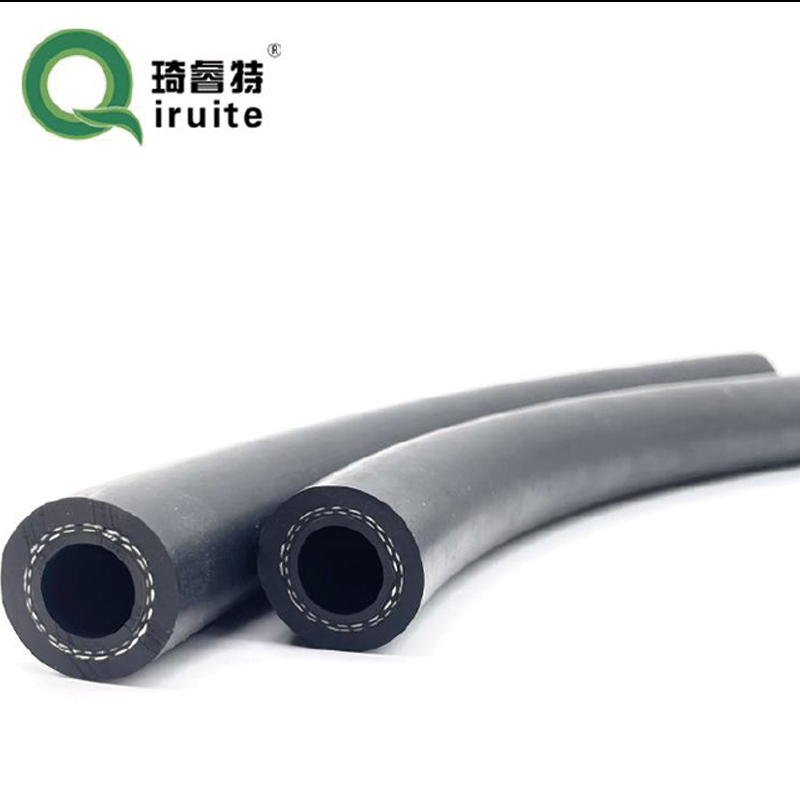Replacing the Power Steering Hose on Your BMW E36 for Optimal Performance and Reliability
Replacing the Power Steering Hose on a BMW E36 A Comprehensive Guide
The BMW E36 series, manufactured between 1990 and 2000, is a popular platform among car enthusiasts and daily drivers alike. Known for its performance, handling, and iconic design, the E36 is nonetheless susceptible to wear and tear, especially in its hydraulic systems. One common issue is the power steering hose, which can develop leaks over time due to age, exposure to heat, and general wear. Replacing a worn or damaged power steering hose will not only restore steering responsiveness but also prevent potential damage to other components in the steering system.
Understanding the Power Steering System
The power steering system in the E36 uses hydraulic pressure to assist steering, making it easier to maneuver the vehicle. The power steering pump generates hydraulic pressure, which is transmitted through hoses to the steering gear. The power steering hose is a critical component that carries high-pressure fluid. When this hose begins to fail, drivers may experience reduced steering assistance, fluid leaks, or even a complete loss of power steering.
Signs of a Failing Power Steering Hose
Before proceeding with a replacement, it's essential to identify whether the power steering hose is the culprit. Common symptoms of a failing power steering hose include
1. Fluid Leaks A noticeable puddle of power steering fluid under the car could indicate a compromised hose. 2. Steering Difficulties Difficulty in steering or a noticeable decrease in responsiveness can signal issues with the hydraulic system. 3. Whining Noise A high-pitched whining noise when turning the steering wheel may point to air in the system or low fluid levels caused by a leak.
Tools and Materials Needed
To replace the power steering hose on an E36, you will need the following tools and materials
- New power steering hose (specific to E36 model) - Fluid (ATF or specific power steering fluid recommended by BMW) - A socket set or wrenches - A screwdriver set - Pliers - Rags for cleanup - A container for draining old fluid
Replacement Steps
bmw e36 power steering hose replacement

1. Safety First Park the vehicle on a level surface, turn off the engine, and disconnect the battery to prevent electrical issues.
2. Drain the Power Steering Fluid Place a container under the power steering pump and remove the reservoir cap. Use a syringe or a turkey baster to extract as much fluid as possible.
3. Locate the Hose Identify the high-pressure power steering hose, usually running between the pump and the steering gear or rack.
4. Remove the Old Hose Use the appropriate tools to disconnect the hose at both ends. Be prepared for some residual fluid to spill, so keep rags handy.
5. Install the New Hose Route the new hose in the same way as the old one. Ensure it is secure at both ends and tightened to avoid future leaks.
6. Refill the Power Steering Fluid After the new hose is in place, refill the reservoir with the correct power steering fluid. It's vital to use the fluid recommended for your BMW to ensure optimal performance.
7. Bleed the System To remove any trapped air, turn the steering wheel fully from side to side several times with the engine running. Check the fluid level and top off if necessary.
8. Reconnect the Battery Once everything is reassembled and checked, reconnect the battery and perform a test drive to ensure that the system is functioning properly.
Conclusion
Replacing the power steering hose on a BMW E36 is a manageable task that can greatly enhance the driving experience. This procedure not only restores hydraulic efficiency but also helps prevent further issues down the line. By taking the time to conduct this maintenance, E36 owners can enjoy their vehicle's legendary performance while ensuring its longevity on the road. Remember to always consult the vehicle’s service manual for specific instructions and torque specifications related to your particular model. Happy driving!
-
Ultimate Spiral Protection for Hoses & CablesNewsJun.26,2025
-
The Ultimate Quick-Connect Solutions for Every NeedNewsJun.26,2025
-
SAE J1401 Brake Hose: Reliable Choice for Safe BrakingNewsJun.26,2025
-
Reliable J2064 A/C Hoses for Real-World Cooling NeedsNewsJun.26,2025
-
Heavy-Duty Sewer Jetting Hoses Built to LastNewsJun.26,2025
-
Fix Power Steering Tube Leaks Fast – Durable & Affordable SolutionNewsJun.26,2025

